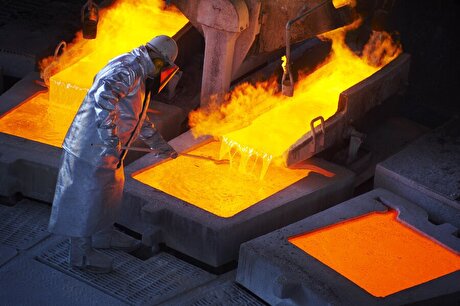
China’s Hebei Province Gets Tough on Steel Mills to Meet Low Emissions Targets
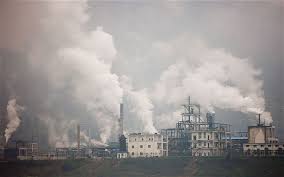
As per the new provincial guidelines, while newly built steel producers will be forced to comply with ultra-low emission restrictions starting from 2019, existing firms will be given time until Oct 2020 to meet the new standards.
The new standards requires the PM (Particulate matter) emissions to be kept within 10 micrograms (mcg) per cubic metre, sulphur dioxide within 35 mcg and nitrogen oxides within 50 mcg. These new emission standards are more stringent the state limit of PM of 40 mcg, sulphur dioxide of 180 mcg and nitrogen oxide of 300 mcg.
Hebei province which surrounds China’s capital Beijing is home to six out of country’s top 10 smoggiest cities and has been on the front in its war against pollution since past five years.
As a part of its anti-pollution campaign, the province has shut down/suspended millions of tonnes of steel and cement production capacity.
According to the data published by the provincial government on Monday, average PM2.5 levels in Hebei stood at 31 micrograms in Sep’18, down 40% y-o-y basis and lowest in its monthly record this year.
China’s new rules for production cuts during winter heating season
This year, China will not repeat last year’s blanket production cuts (which means same output cuts across all mills) in heavy industries such as steel. However, local governments are given the power to decide how to meet the emission targets during smog-prone winter heating season.
With this new rule, there is quite a fear in the steel market that the Chinese steel mills are already operating at elevated run rates and will now with absence of fixed output cuts, these mills will keep churning out more steel, thus affecting domestic steel prices and spilling the excess output in overseas market.
Last year China forced curtailments in 26 cities surrounding Beijing and Tianjin during winter season which hit country’s nationals steel output. However, this year each plant will be judged on its merits and those that comply with emission standards will not have production cuts at all.
In this case there can be two situations, while some steel mills that comply with emission standards will be spared, it is equally possible that some might be hit with tougher restrictions than last year.
Now in case if China’s domestic production increases due to new reforms, there is no surety that it will lead to fall in in-house steel prices. This is because as country’s construction sector is losing steam, Beijing is lifting its infrastructure spending (majorly in its subway networks) to create demand.
Thus, China’s steel exports will be the litmus test of whether China’s new policies are working in favour or against. In first eight months of 2018 (Jan-Aug), China exported 47.2 MnT of steel, down by 13% against corresponding period of 2017 and by 38% against 2016 levels.


Trump weighs using $2 billion in CHIPS Act funding for critical minerals

Electra converts debt, launches $30M raise to jumpstart stalled cobalt refinery

Codelco cuts 2025 copper forecast after El Teniente mine collapse

Barrick’s Reko Diq in line for $410M ADB backing

Abcourt readies Sleeping Giant mill to pour first gold since 2014

SQM boosts lithium supply plans as prices flick higher

Nevada army depot to serve as base for first US strategic minerals stockpile
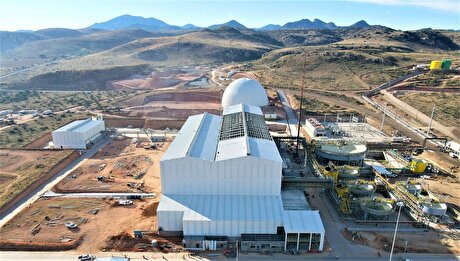
Pan American locks in $2.1B takeover of MAG Silver

Viridis unveils 200Mt initial reserve for Brazil rare earth project
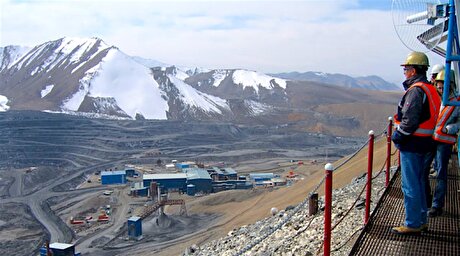
Kyrgyzstan kicks off underground gold mining at Kumtor
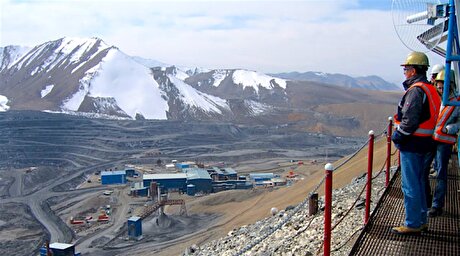
Kyrgyzstan kicks off underground gold mining at Kumtor

KoBold Metals granted lithium exploration rights in Congo
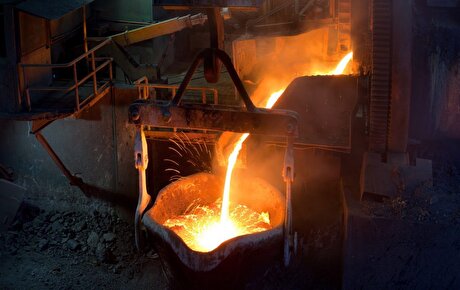
Freeport Indonesia to wrap up Gresik plant repairs by early September
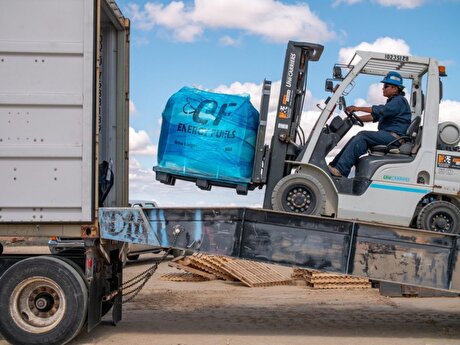
Energy Fuels soars on Vulcan Elements partnership
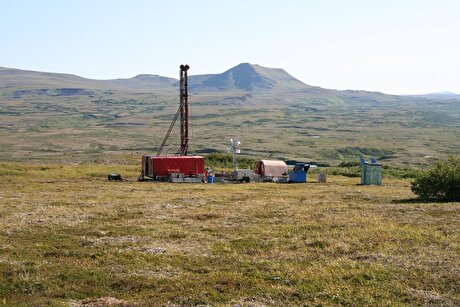
Northern Dynasty sticks to proposal in battle to lift Pebble mine veto

Giustra-backed mining firm teams up with informal miners in Colombia

Critical Metals signs agreement to supply rare earth to US government-funded facility

China extends rare earth controls to imported material
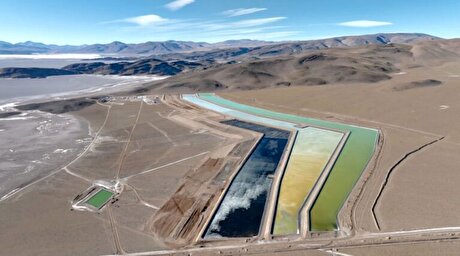
Galan Lithium proceeds with $13M financing for Argentina project

Kyrgyzstan kicks off underground gold mining at Kumtor

Freeport Indonesia to wrap up Gresik plant repairs by early September

Energy Fuels soars on Vulcan Elements partnership

Northern Dynasty sticks to proposal in battle to lift Pebble mine veto

Giustra-backed mining firm teams up with informal miners in Colombia

Critical Metals signs agreement to supply rare earth to US government-funded facility

China extends rare earth controls to imported material

Galan Lithium proceeds with $13M financing for Argentina project
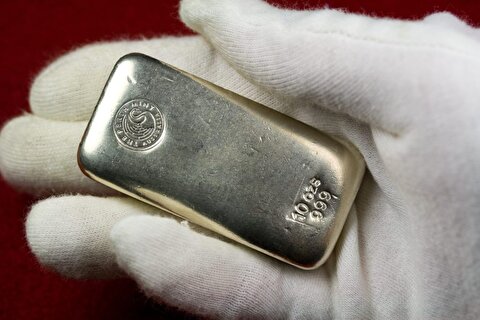
Silver price touches $39 as market weighs rate cut outlook

